Can I Drive My Car With Check Engine Light ON?
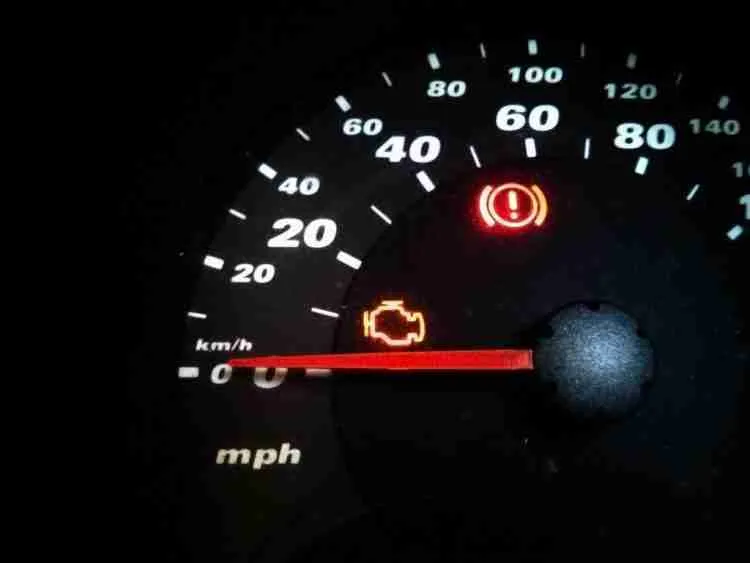
Can I Drive My Car With Check Engine Light ON?
Your check engine light pops on and your stomach sinks. Is it safe to continue driving?
Most modern vehicles come with an OBD (Onboard Diagnostic) system. It provides information about all the problems present in your car’s complex collection of sensors and components.
This diagnostic system lights up the check engine light located on your dashboard when something goes wrong. You’ll need to use an OBD scanner to figure out the trouble code and determine the source of the problem.
Not only does the check engine light provide you with an early diagnosis to identify and solve the problem, but it also keeps your car from experiencing permanent damage. That’s why check engine lights should never go unnoticed.
But what should you do when this light turns on? Should you pull over immediately or can you keep driving? Let’s talk about it.
Panicking is the last thing you want to do if you check engine light turns on. You must remain calm and perform the following.
Observe The Check Engine Light
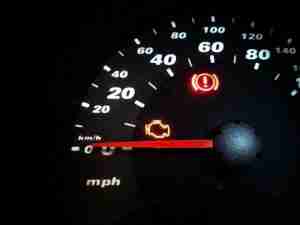
Typically, the check engine light is a red or yellow engine-shaped icon that is usually located behind the steering wheel in the middle of your dashboard. If it’s blinking for more than six seconds, then the problem is potentially critical.
In this situation, you should not continue driving because it increases the risk of damaging your car. Consider slowing down and safely pull over as soon as possible.
On the other hand, if the check engine light is steady and not flashing, then you can continue driving. However, it’s important to make sure that your vehicle isn’t acting strange. Ask yourself the following questions:
- Can you see any smoke or steam coming out of the vehicle, especially from the engine?
- Is the engine bay making strange sounds?
- Is your car driving wonky or straight?
In short, you need to make sure that nothing is out of the ordinary. If everything appears to be normal, then you can keep driving.
Fix The Problem As Soon As Possible
A steady engine light doesn’t mean your car is 100 percent okay. You must take it to a professional mechanic to diagnose and fix the problem. In addition, if you’re a DIY enthusiast, you can buy an OBD scanner to determine the exact problem yourself.
Bear in mind the check engine light will remain on until the problem is addressed, and even a little delay in fixing the issue can lead to more complex problems.
Important Note: The check engine light always turns on when you start the car, but if no problems are detected, it turns off within six seconds.
Common Causes Of The Check Engine Light Being On
There could be thousands of reasons for your light coming on. Here, we’ve listed some of the most common ones.
Faulty Fuel Cap
A loose, faulty, or cracked fuel cap is a common reason that turns on the check engine light. It mainly means that your car’s fuel system is experiencing a vapor leak. Worst case scenario, the upper fuel system portion can have a serious leak.
You can replace or tighten up the gas cap and see if the check engine light will turn off after a while. If it doesn’t, then you should visit a professional mechanic without wasting any more time.
Faulty Oxygen Sensor
The main function of this sensor is to measure the oxygen amount in the car’s exhaust system. It also allows your vehicle’s computer system to adjust the fuel and air mixture in the engine.
Your car will produce more emissions by consuming more fuel if the oxygen sensor is faulty. It’s not an emergency, but you’ll need to get it fixed to save fuel and minimize your carbon footprint.
Faulty Ignition Coil
The ignition coil triggers the spark plug by providing the right amount of voltage to ignite the air-fuel mixture in the engine. A burnt or short ignition coil also turns on the check engine light, and you’ll need to visit an auto-electrician to fix this problem.
Faulty Spark Plugs
If you don’t replace your car’s spark plugs regularly according to the recommended maintenance schedule, failing spark plugs can also turn on the check engine light. Consider visiting a certified mechanic to have them replaced.
Failed Catalytic Converter
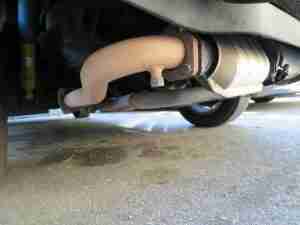
The function of the catalytic converter is to control your car’s emission in the exhaust system. It converts harmful gases, such as carbon monoxide, into other byproducts. You’ll notice that your car’s check engine light has turned on if the catalytic converter is not working properly.
It’s an expensive car part and can cause more costly damages in case of faulty behavior. So, it’s not advisable to keep driving before getting it checked.
How Dangerous Is The Check Engine Light?
Whether the issue that’s causing the check engine light to turn on is minor or critical, you must get it checked and fixed. Here are the different urgency levels that you need to know.
Steady Check Engine Light
You can continue driving if the check engine light is steady, but at the same time, you must make sure that your car’s essential systems, such as lights and brakes, are operating normally. You should also track other warning lights, such as oil pressure and coolant temperature.
Flashing Check Engine Light
The general rule of thumb is that you should not continue driving if your vehicle’s check engine light is flashing. This indicates an emergency, such as an engine misfire.
Driving with a flashing check engine light for a long period of time can lead to irreversible damage, especially to your car’s catalytic converter. Take your car to a professional mechanic as soon as possible because you don’t want to risk that expense.
Conclusion
Don’t panic when you see your check engine light come on, as it will only ruin your driving ability. This functionality provides you with a great opportunity to keep your car maintained. It’s basically your car’s voice to inform you that your attention is needed.


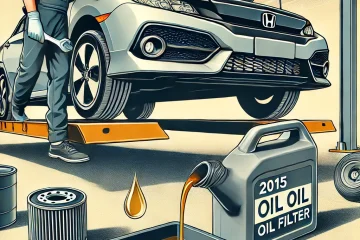
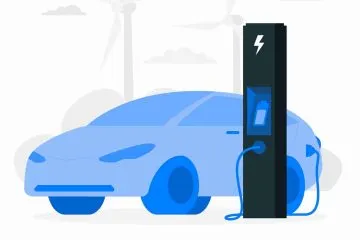




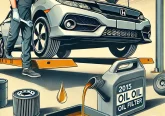




No Comment